Welcome to the CalBEM Resource Hub, a space to share California-centric BEM tools and resources. Below you will find BEM guides, tools, research, and examples of the decarbonization impact BEM has in practice. Do you have a suggested document to join the Resource Hub? Click here to learn how to submit a resource.
Highlighted Resource: Unmet Hours, a forum for BEM help
Do you have a persistent modeling issue or question? Check out Unmet Hours, a Q&A forum! Search for and post modeling questions to the community. Be sure to include CA-specific tags such as: “title-24”, “cbecc”, “cbecc-com”, “cbecc-res”, “energypro”, “california-simulation-engine”, and “code-compliance”.
Get started today by checking out their Help page: https://proxy.unmethours.com/help.html
Anchor

CalBEM Modeling Help and Education Guide
Do you have modeling questions? CalBEM Working Group 2 compiled a guide to help you navigate forums, vendor support, and knowledge bases and help you find answers to your building energy modeling questions.
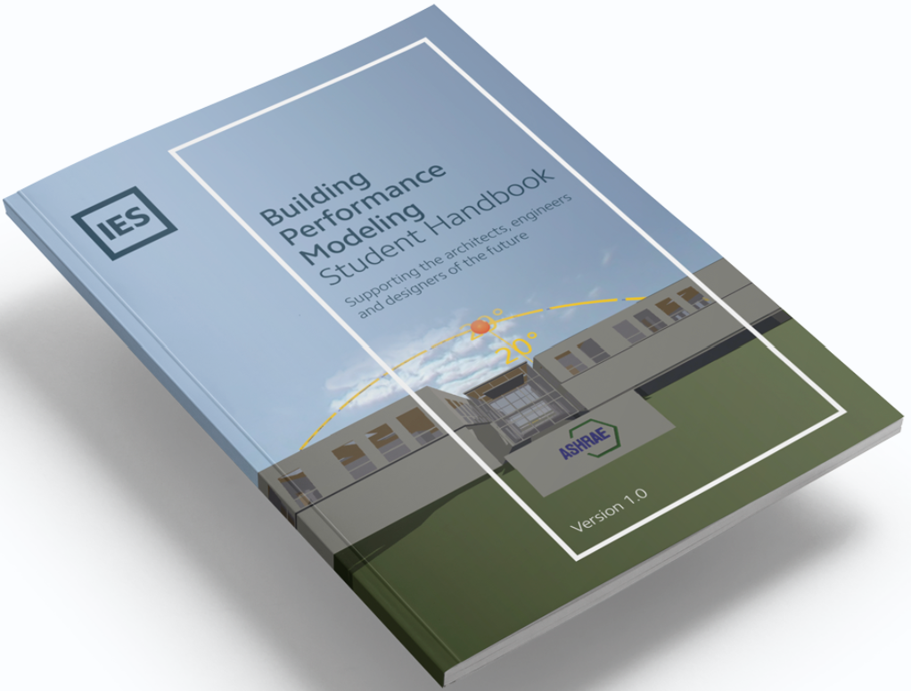
IES Building Performance Modeling Student Handbook
In 2023 IES debuted a student handbook to share fundamental building science concepts for students, educators, and professionals. Access this handbook at the link above to explore BEM elements, modeling methods, and more.
Anchor
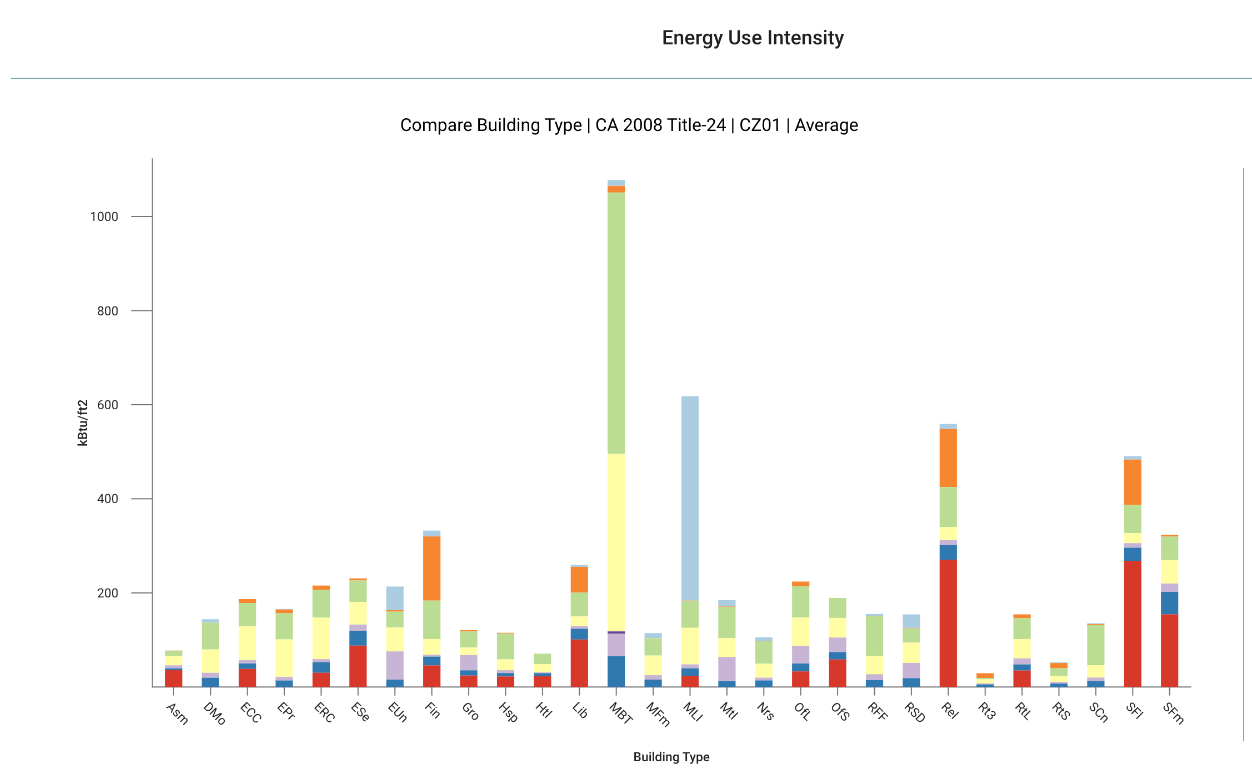
BEM Benchmarking
This interactive benchmarking tool from SCE serves up 6 categories of energy use and emissions data on 15 building types, 3 code vintages, 16 climate zones, 3 operation customizations, and 13 end uses. You can view the results in different graphical configurations and export the hourly data as a CSV file.

Software Efficiency Intake Form
Do you have an idea for how a new technology or simulation functionality could expand energy modeling software and code compliance capabilities?
Submit your idea here!

Ecosizer
The Ecosizer is a free educational tool for sizing central water heating systems with heat pump water heaters (HPWHs) in multifamily buildings. The tool is designed to support the building industry adoption of HPWHs to improve energy efficiency and reduce greenhouse gas emissions.
Anchor
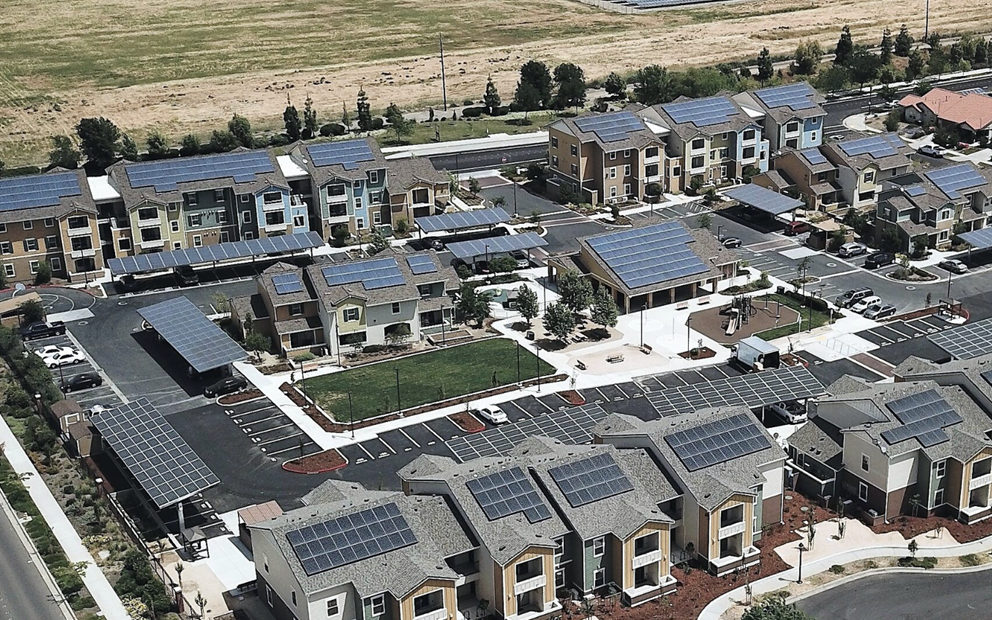
The Impact of the California Utility Allowance Calculator and the Benefits of Standardization within California Title 24 Software
The California Utility Allowance Calculator (CUAC) played a key role in creating the largest portfolio in North America of all-electric, 100% solar offset residences. This paper details the benefits of moving the CUAC into Title 24 compliance software to many constituencies in the State, particularly affordable housing tenants, developers and affordable housing funding agencies, while also strongly incentivizing all-electric, solar powered housing to meet the State’s climate goals.
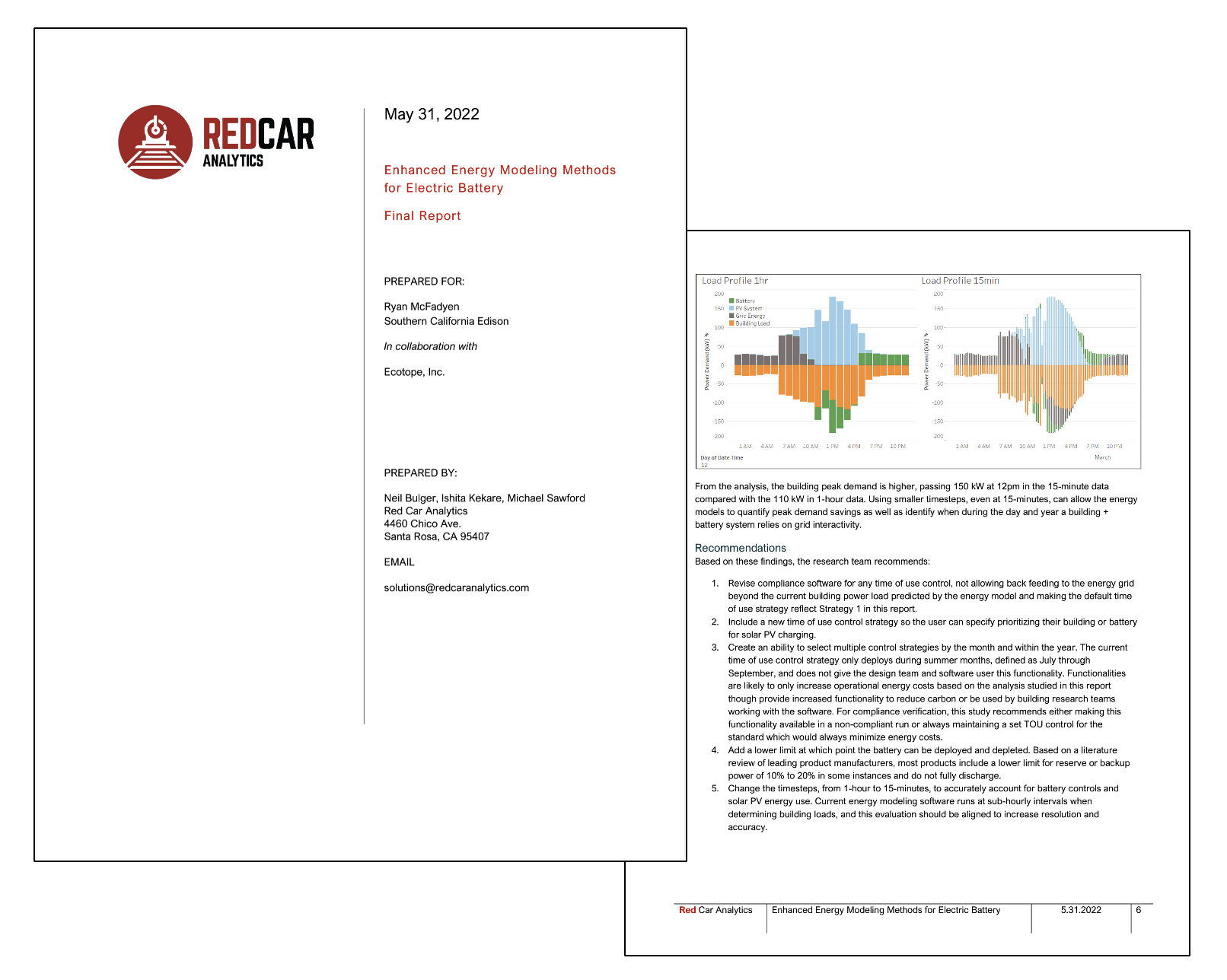
Research Report: Enhanced Energy Modeling Methods for Electric Battery
Do PV batteries modeled for compliance align with real-world battery behavior? 2019 California energy code adopted criteria for minimum energy allowances for on-site PV and batteries. This study investigates battery algorithms and methods used to represent battery controls (rulesets) currently used in Title 24 compliance software to assess the accuracy of representation. The study seeks to identify and evaluate the feasible enhancements to these algorithms and rulesets.
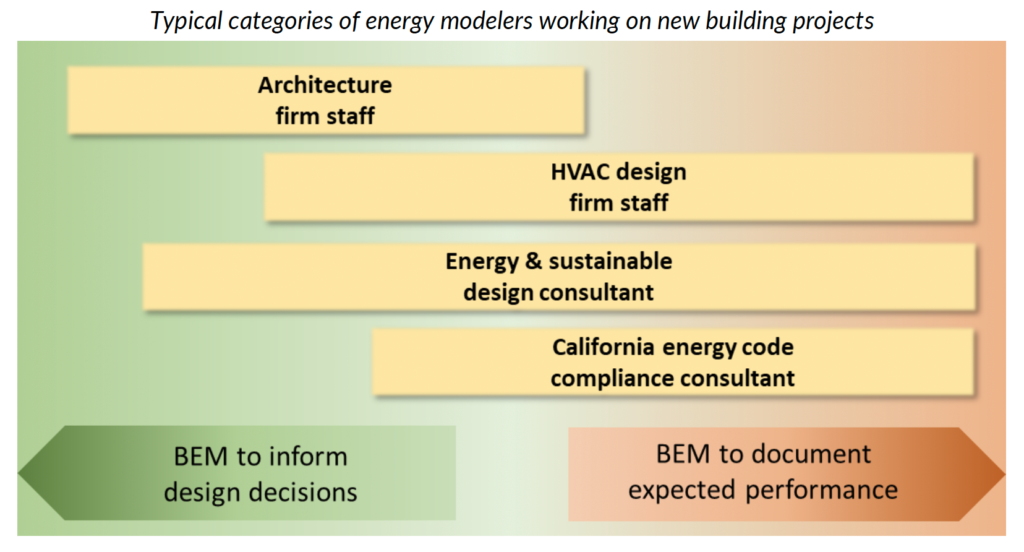
CalBEM Whitepaper: Building Energy Modeling Roles
CalBEM’s Working Group 2 found that “building energy modeling” means different things to different people. In order to identify education priorities, the group needed a common understanding of “BEM”. This whitepaper aims to address this need and defines the common uses for BEM and identifies typical roles of people who perform BEM.
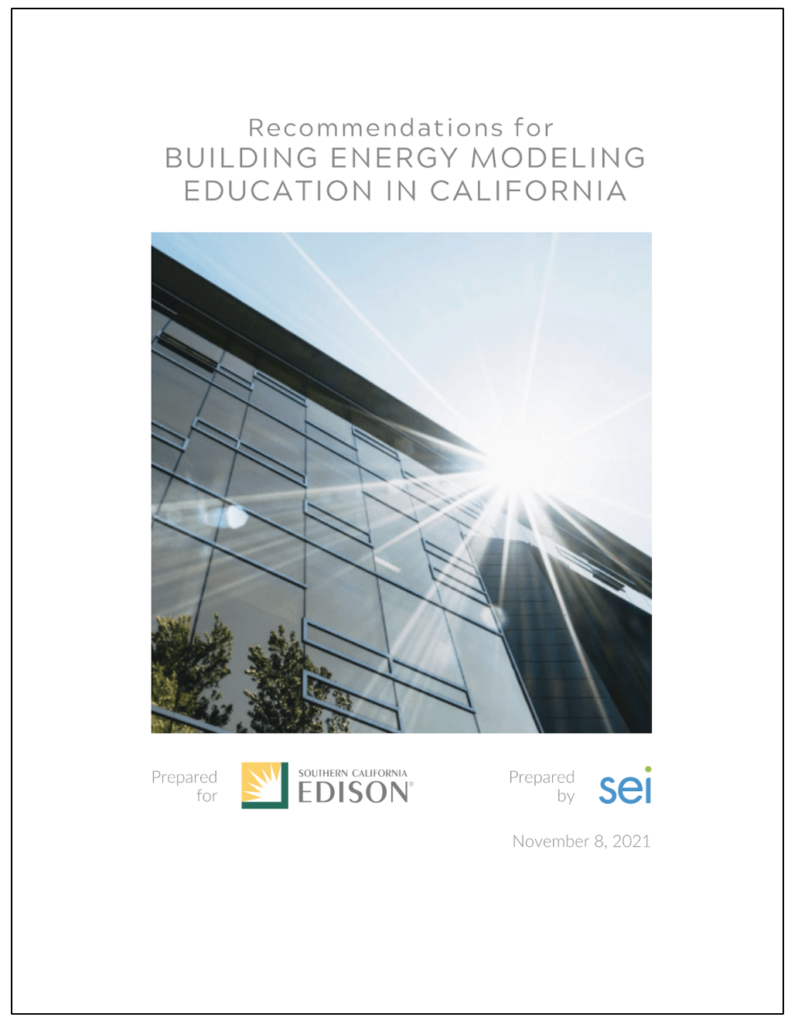
Report: Recommendations for BEM Education in California
At CalBEM 2019, Working Group 2 identified a need for an in-depth exploration of existing BEM educational resources in order to identify and remedy gaps. The project was approved by the CalBEM Steering Committee and funded by Southern California Edison, culminating in the release of this report in November 2021.
Anchor
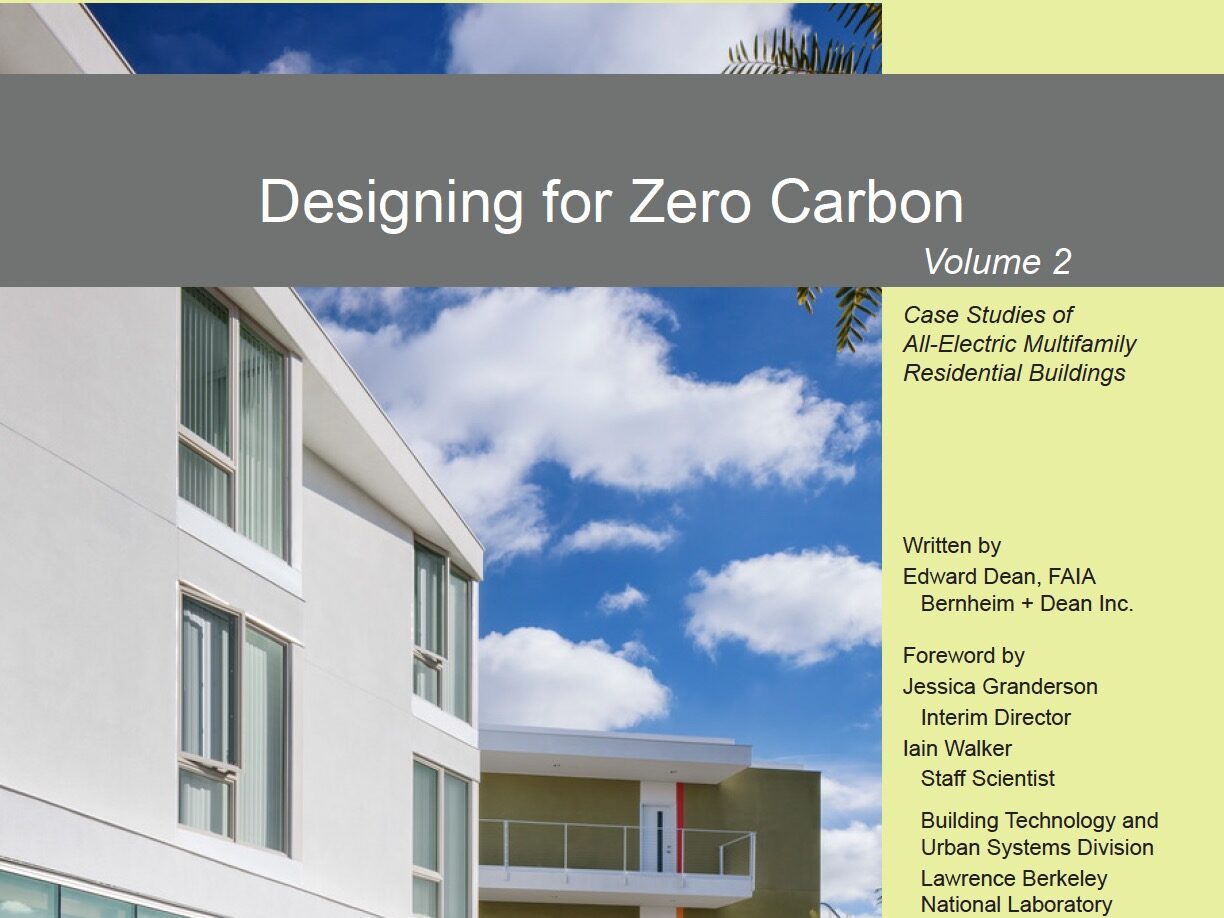
Building Design Case Study Book Series
New volume released in 2023! This series is completely free to view or download online, highlighting what sustainable building results can be achieved with the aid of energy modeling. Over the course of the series the focus has shifted from zero net energy (ZNE) to all-electric designs, reflecting California’s goal of a carbon-free electrical grid by 2045.
- Statewide Codes & Standards Utility Program
The Statewide Codes & Standards Utility Program supports and participates in building energy modeling software efforts relevant to demonstrating compliance with mandatory and voluntary energy codes.- Title24Stakeholders
A resource for individuals and organizations impacted by Title 24 rulemaking changes in future code cycles.
https://title24stakeholders.com
- Energy Code Ace
A resource for individuals and organizations looking to comply with current regulations of Title 20 and Title 24.
https://energycodeace.com - Local Energy Ordinance Resources and Toolkit
A resource for local jurisdictions curious about reach codes.
https://localenergycodes.com
https://twitter.com/ca_codes
- Title24Stakeholders
- Building Energy Software Tools Directory (BEST-D)
A resource for choosing the right software tool for the BEM job. Maintained by IBPSA-US.
https://www.ibpsa.us/best-directory-list/ - Department of Energy (Building Technologies Office)
The DOE supports development of key software for Building Energy Modeling, including Energy Plus and OpenStudio Plug-in for SketchUp.
https://www.energy.gov/eere/buildings/building-technologies-office
- California Energy Commission (CEC)
The CEC provides and approves building energy modeling software used to check compliance with Title 24’s performance method.
https://www.energy.ca.gov/programs-and-topics/programs/building-energy-efficiency-standards/online-resource-center/compliance
- California Technical Forum (Cal TF)
The CalTF has expertise in incentive topics related to building energy modeling and interactions with the CPUC related to building energy modeling.
http://caltf.org - California Association of Building Energy Consultants (CABEC)
CABEC is a non-profit organization that provides up-to-date, reliable information about the California Title 24, Part 6 Energy Standards and related building energy efficiency topics.
https://cabec.org/
Check out CABEC’s BEM resource hub: https://cabec.org/sharesource/
- Emerging Technologies Coordinating Council (ETCC)
The ETCC is a collaborative of seven member organizations (CEC and IOUs) that research how emerging and underutilized technologies can help fulfill California’s legislative and policy objectives.
https://www.etcc-ca.com/ - International Building Performance Simulation Association – IBPSA-USA
IBPSA-USA strives to advance and promote the science of building simulation in order to improve the design, construction, operation, and maintenance of new and existing buildings in the United States. IBPSA-USA is the United States regional affiliate of the International Building Performance Simulation Association (IBPSA).
https://www.ibpsa.us/
http://www.ibpsa.org/